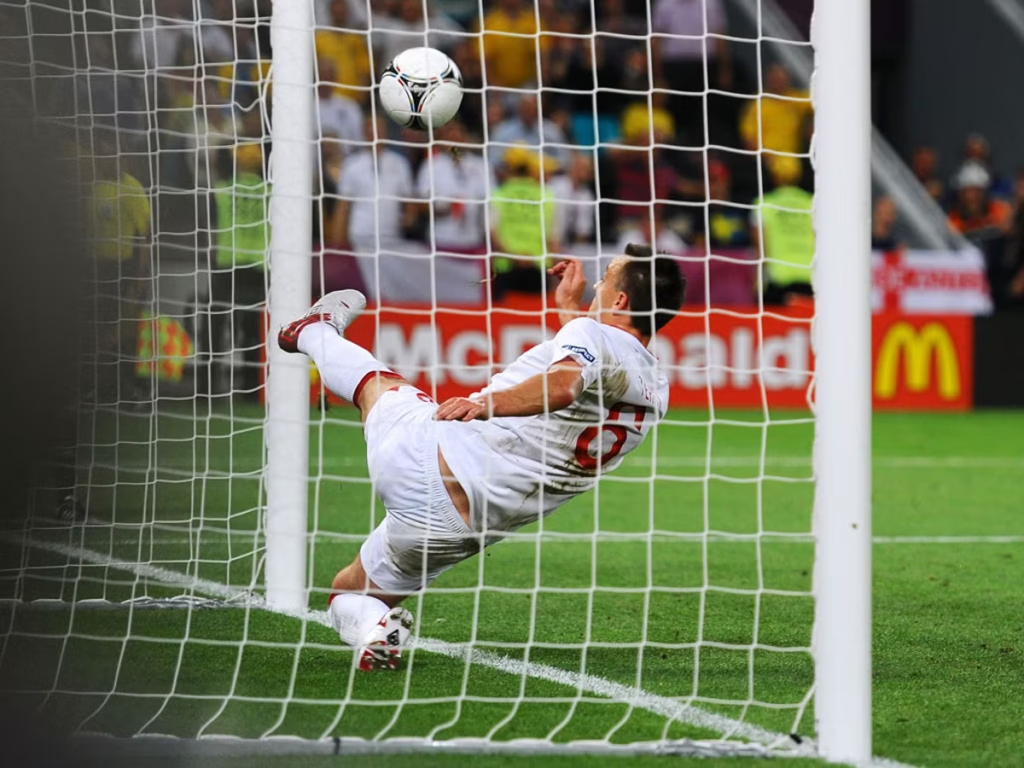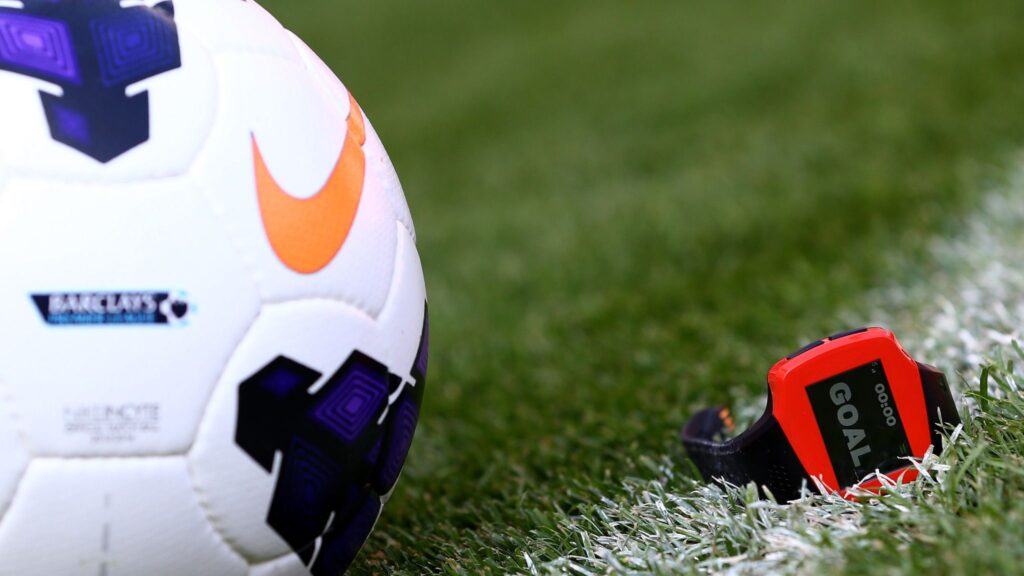In the world of professional football, where every goal can shift the destiny of entire nations and clubs, precision has become non-negotiable. That’s why goal line technology has cemented itself as an essential component of the modern game. As we progress into 2025, UEFA continues to evolve its approach to integrating this cutting-edge technology, ensuring that decisions at the highest levels of European football are as accurate and fair as possible.
Understanding Goal Line Technology
Goal line technology (GLT) is a system used to determine whether the entire ball has crossed the goal line, helping referees make crucial scoring decisions. Unlike subjective interpretations or split-second judgments, GLT provides a factual confirmation, minimizing human error in moments that can define careers and championships.
In 2025, UEFA employs one of the most advanced systems available in the world. The technology is fast, reliable, and deeply integrated with the overall officiating process. It supports referees by providing near-instant feedback—usually within a second—about whether a goal should stand.
Evolution of Goal Line Technology in UEFA Competitions
UEFA first adopted goal line technology in the 2016 UEFA European Championship. Since then, its deployment has expanded significantly. By 2020, it had been introduced into major tournaments including the UEFA Champions League and the Europa League. Over the years, feedback from clubs, players, and fans has driven further refinements.
In 2025, the system used by UEFA has transitioned into a hybrid model that merges camera-based systems with real-time ball sensor technology. The result is an infrastructure that combines pinpoint accuracy with redundancy, ensuring that no single point of failure can undermine its effectiveness.
How UEFA’s 2025 Goal Line Technology Works
1. Multiple Camera Integration
The foundation of UEFA’s goal line technology is a multi-camera system. Seven high-speed cameras are installed around each goalpost, capturing the ball’s location in real time. These cameras work at up to 500 frames per second and track the ball’s position in three dimensions. The high frame rate ensures every millimeter of movement is recorded.
The system uses triangulation and machine learning algorithms to compute the exact position of the ball relative to the goal line. If the ball fully crosses the line, the system immediately sends a vibration and visual alert to the referee’s watch.
2. Sensor-Equipped Ball Technology
The most significant development for 2025 is the introduction of sensor-embedded match balls. These balls contain microchips that communicate with pitch-side receivers. The sensors track movement, velocity, and impact, adding a new layer of precision to the system.
In combination with the cameras, the ball sensors help verify whether the ball crosses the line completely—even in cases where players or goalkeepers obstruct the camera views.
This two-tier system dramatically enhances reliability, making the goal line technology used by UEFA virtually error-proof.
UEFA’s Strategic Partnerships for GLT
In 2025, UEFA has partnered with leading tech firms in sports analytics and wearable sensors. Hawk-Eye, the long-standing provider of GLT solutions, continues to be a key partner. However, new collaborations with companies in the AI and IoT sectors have pushed the boundaries of what this technology can accomplish.
These partnerships have allowed UEFA to implement software updates that improve the AI’s ability to handle edge cases—such as goalmouth scrambles or partial obstructions. The system now boasts a 99.98% accuracy rate, according to internal UEFA assessments.
Why Goal Line Technology Matters More Than Ever
With so much at stake in UEFA competitions financially, emotionally, and professionally, goal line technology is more important than ever especially for international sportsbooks. As the sport becomes faster and more physically demanding, human error becomes more likely. A missed goal call can cost a team a trophy or a player a career-defining moment.
UEFA’s decision to invest in enhanced goal line technology is about more than just accuracy; it’s about integrity. Fans trust that what they see is fair. Players and coaches trust that their efforts are judged by facts, not by controversial decisions. GLT ensures that no goal is denied or granted without irrefutable evidence.
Benefits for Referees and Fans
One of the subtle but powerful impacts of goal line technology is the confidence it gives referees. With GLT in place, officials can focus more on the flow of the game rather than worrying about a missed call.
For fans, goal line technology removes the agony of long VAR reviews or arguments over ambiguous replays. The information is instant, precise, and unquestionable. It preserves the rhythm and fairness of the game without unnecessary delays.
Controversies and Limitations Still Exist
Despite its success, no technology is without criticism. Some argue that goal line technology takes away from the drama and subjectivity that make football unique. Others point out that the technology is only used in elite competitions, creating an uneven playing field between top-tier matches and grassroots or semi-professional levels.
In 2025, UEFA has addressed these concerns by proposing scaled-down versions of the GLT system for lower leagues. These versions use fewer cameras and omit ball sensors but still offer decent reliability. This step is part of UEFA’s long-term goal to democratize access to goal line technology.
Comparing UEFA’s GLT to Other Leagues
While other leagues like the Premier League and Bundesliga also use goal line technology, UEFA’s hybrid system gives it a technological edge. By combining visual data with internal ball sensors, UEFA is pioneering a dual-verification approach that’s likely to become the global standard.
This approach provides better consistency across different stadiums and lighting conditions, which has historically been a challenge for camera-only systems.
The Role of Artificial Intelligence
In 2025, artificial intelligence will play a major role in enhancing goal line technology. UEFA’s GLT system includes machine learning components that analyze past goal events to improve future accuracy. The system learns from anomalies, recalibrates sensor data, and continuously enhances its ability to distinguish between valid and invalid goals.
AI also supports post-match analysis, offering referees, analysts, and coaching staff data-rich insights that inform training and strategic planning.
The Future of Goal Line Technology in UEFA
Looking ahead, UEFA plans to integrate goal line technology more deeply with the broader officiating ecosystem. There are discussions about synchronizing GLT data with offside detection systems, player positioning tools, and even fan engagement apps.
Eventually, UEFA hopes to introduce augmented reality replays that show fans in the stadium exactly how a goal was verified, making the process even more transparent.
A Technological Game-Changer
In 2025, goal line technology is not just a luxury—it’s a necessity. UEFA’s implementation of this system reflects a commitment to precision, fairness, and innovation. From multi-angle cameras to sensor-enabled balls, the technology ensures that every goal decision in UEFA matches is beyond dispute.
For fans, players, and officials, it offers peace of mind. For the future of the sport, it sets a powerful precedent for the role of technology in making the beautiful game even more beautiful.
Whether you’re watching a Champions League final or a midweek Europa Conference match, you can rest assured that the goal line technology behind the scenes is working tirelessly to get the call right.



